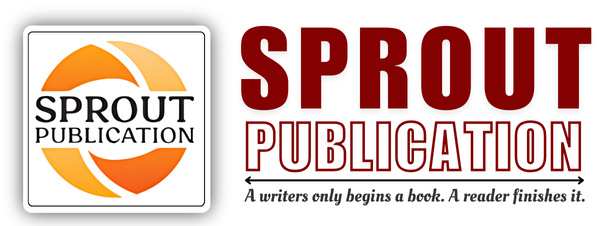Chapter 6: Impurity Profiling and Degradent Characterization-I
Chapter 6: Impurity Profiling and Degradent Characterization-I
Author: Dr. Gopal Garg
Volume: 01
First Online: 31 August 2024
Pages: 123-139
DOI:
Abstract
Impurity profiling and degradant characterization are critical components of drug development, focusing on identifying and quantifying impurities that may form during manufacturing or storage. Method development for impurity profiling involves designing robust analytical techniques, such as highperformance liquid chromatography (HPLC) and mass spectrometry (MS), to detect and characterize these impurities. Stability studies play a key role in this process, assessing how impurities evolve over time under various conditions. Concepts like accelerated stability testing are employed to predict the shelf life of a drug by exposing it to elevated temperatures and humidity levels, allowing for the rapid assessment of potential degradation pathways. The shelf life calculation is then based on these accelerated tests, ensuring that the drug remains safe and effective within the specified time frame. The World Health Organization (WHO) provides guidelines for stability testing, emphasizing the need for stability studies to be conducted under real-world storage conditions. Similarly, the International Council for Harmonisation (ICH) offers detailed guidelines that outline the protocols for stability testing, including requirements for long-term, intermediate, and accelerated conditions. Adhering to these guidelines ensures that the impurity profiling and stability studies are comprehensive and reliable, ultimately safeguarding the quality of the drug product.
Keywords: Impurity profiling, Degradant characterization, Drug development, Impurity identification, Quantification, Manufacturing impurities

